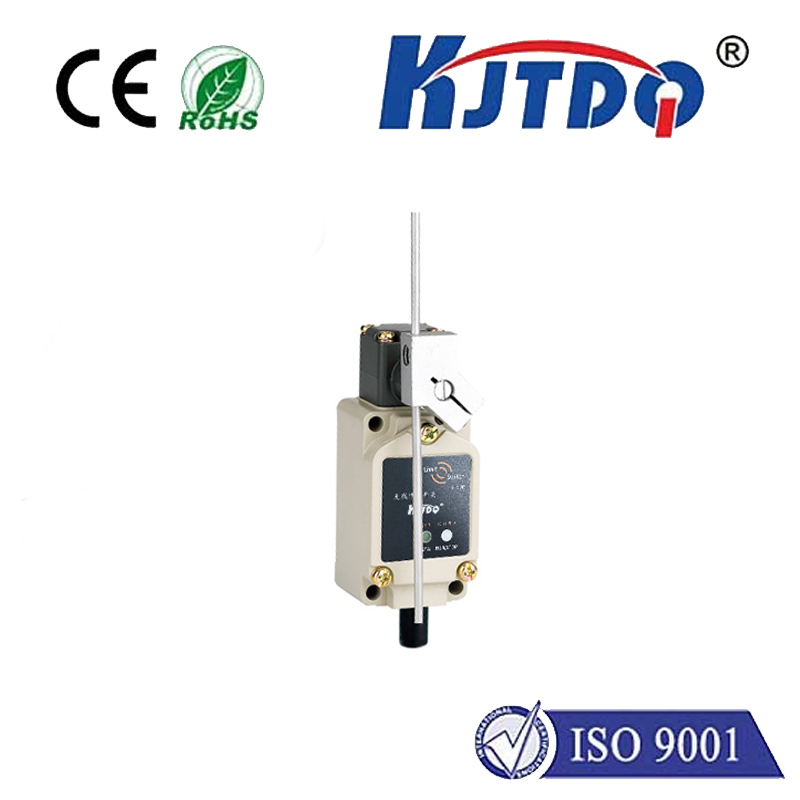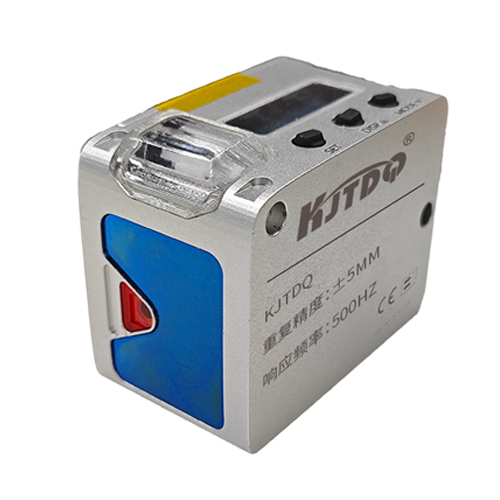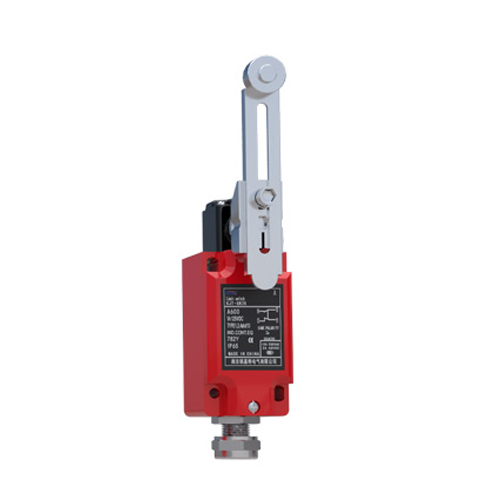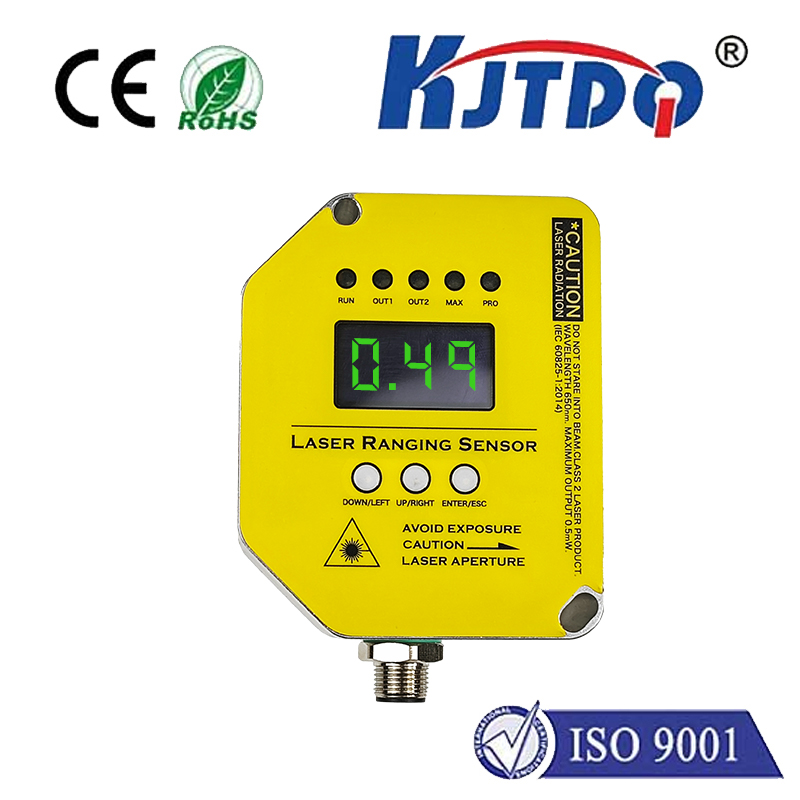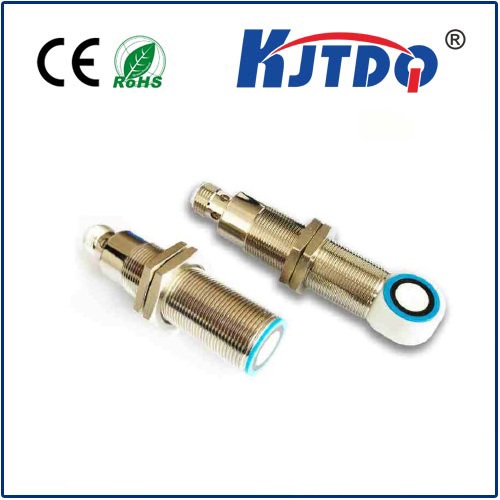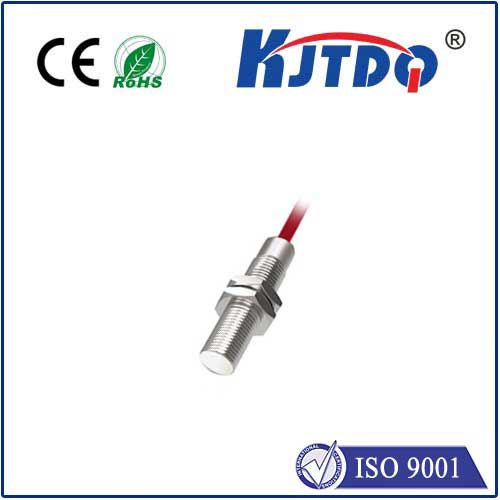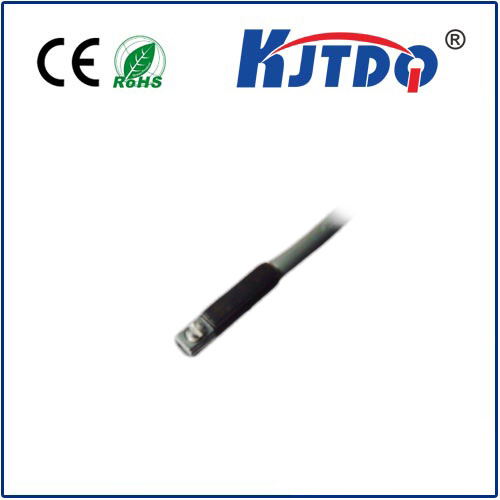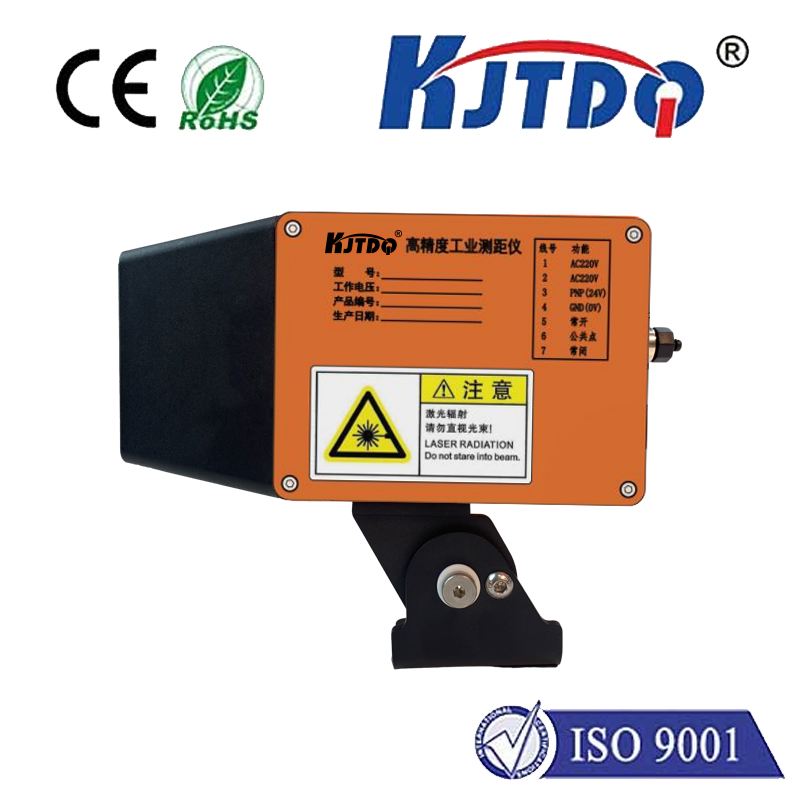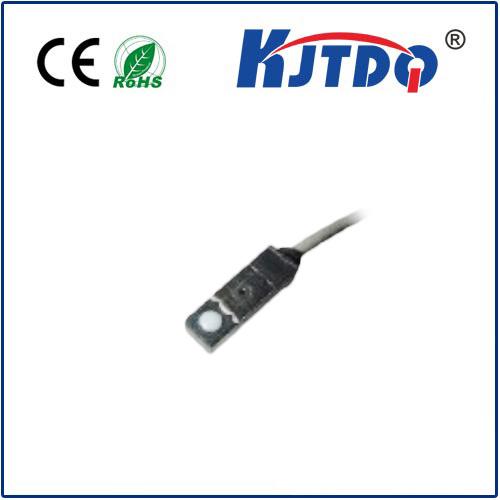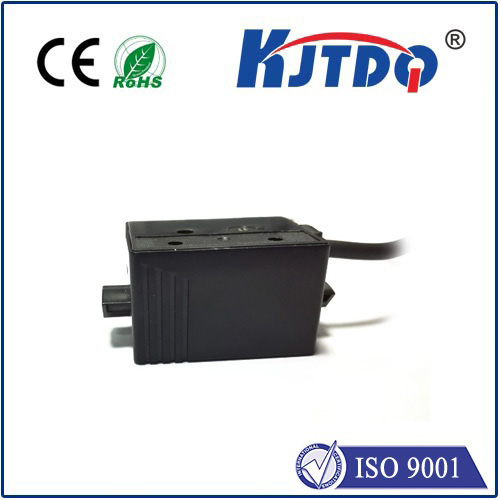sensor ptc
- time:2025-08-22 03:09:47
- Click:0
Sensor PTC: The Self-Regulating Guardian Against Electrical Overheating
Imagine your smartphone charger suddenly becomes alarmingly hot. Or a powerful industrial motor starts running dangerously beyond its safe temperature limit. Preventing catastrophic failures like these demands reliable, fast-acting protection. That’s where PTC sensors step in as the unsung heroes of electrical safety. Understanding what a PTC sensor is and how it functions unlocks the secret behind safeguarding countless devices we rely on daily.
Decoding the PTC Phenomenon
PTC stands for Positive Temperature Coefficient. This fundamental characteristic defines the sensor’s core behavior: its electrical resistance increases dramatically as its temperature rises. This is the opposite of the more common NTC (Negative Temperature Coefficient) thermistors, where resistance decreases with rising temperature. PTC thermistors, the most prevalent type of PTC sensor, are ceramic components engineered to exhibit this sharp, non-linear resistance jump at a specific, predetermined temperature threshold, known as the Curie point or switching temperature.
The Ingenious Self-Regulating Mechanism

The magic of a PTC sensor lies in its inherent self-regulation:
- Normal Operation: At temperatures below its specific Curie point, the PTC thermistor maintains a relatively low resistance. Current flows freely through the circuit it’s protecting.
- Overheating Event: If the temperature rises above the Curie point – due to excessive current, ambient heat, or component failure – the PTC material undergoes a dramatic change in its crystal structure.
- Resistance Surge: This structural change causes the resistance to increase exponentially, not linearly, over a narrow temperature range. This sharp rise happens incredibly fast.
- Current Limiting: The massive increase in resistance effectively limits the current flow in the circuit to a very low, safe level. This drastic reduction in current acts as a powerful brake, preventing further heating and potential thermal runaway.
- Automatic Reset: This is the critical advantage over fuses. Once the fault condition is removed and the PTC device cools down below its Curie point, its resistance spontaneously drops back to its original low value. The sensor automatically resets itself, ready to protect again without needing replacement. This makes PTCs ideal for applications where faults might be temporary or intermittent.
Where PTC Sensors Shine: Essential Applications
The unique combination of self-regulation, self-resetting capability, robustness, and cost-effectiveness makes PTC sensors indispensable across diverse fields:
- Overcurrent & Overtemperature Protection: This is their primary role. They are ubiquitous in protecting:
- Motors: Found in compressors (refrigerators, AC units), power tools, fans, pumps, preventing burnout during locked rotor conditions or overloads.
- Transformers: Safeguarding against winding overheating.
- Power Supplies & Chargers: Protecting against output shorts, component failures, or overloads in devices like phone/laptop chargers, power adapters. (Imagine that hot charger scenario – likely due to a PTC doing its job!)
- Solenoids and Valves: Preventing coil overheating.
- Resettable Fuses (Polyfuses): This is essentially the application described above. PTC thermistors are the active element in most polymeric resettable fuses, widely used in consumer electronics, battery packs, and automotive circuits.
- Motor Start Assist: Particularly in single-phase AC motors (like those in compressors), PTCs can be used in the start winding circuit. Initially cold and low resistance, they allow start winding current. As they heat due to this current, their resistance rises, effectively switching off the start winding at the right moment.
- Temperature Sensing & Compensation: In more precise, linear PTC types (less common than the switching type), they can be used for temperature measurement and compensating for temperature effects in circuits, though NTCs are often preferred for wide-range sensing.
- Liquid Level Detection: Utilizing the difference in heat dissipation between air and liquid, PTCs can be configured to sense fluid levels.
- Degaussing: Historically used in CRT TVs/monitors to control the degaussing coil pulse.
Key Advantages Driving Adoption
- Self-Protecting & Self-Resetting: Eliminates the need for manual replacement after a fault, significantly reducing maintenance costs and downtime.
- Fast Response: Reacts very quickly to excessive temperature or current surges, minimizing potential damage.
- Reliability & Long Life: Solid-state design with no moving parts makes them highly reliable under normal operating conditions.
- Compact Size & Cost-Effective: Small form factors allow easy integration into densely packed circuits, and they are generally inexpensive components.
- Versatility: Available in various shapes, sizes, switching temperatures, and hold current ratings to suit specific applications.
Selecting the Right PTC Sensor
Choosing the appropriate PTC thermistor involves careful consideration:
- Hold Current (IH): The maximum steady-state current the device can carry at room temperature without tripping. The normal operating current should be below IH.
- Trip Current (IT): The minimum current that, at room temperature, will cause the device to heat sufficiently to trip (reach the high-resistance state).
- Maximum Voltage (Vmax): The maximum voltage the device can withstand in its tripped (high-resistance) state without damage.
- Switching Temperature (Ts): The specific temperature at which the sharp resistance increase occurs. This must be chosen based on the maximum safe operating temperature of the component being protected.
- Time-to-Trip: How quickly the device responds to an overload at specific current levels.
- Physical Size & Mounting: Suitability for the space constraints and thermal coupling requirements of the application.
The Silent Protector in a High-Powered World
From the coffee maker on your counter to the electric vehicle charging in the garage, from the massive motors powering industry to the smartphone in your pocket, sensor PTC technology plays a vital, often invisible role. Their intrinsic ability to detect dangerous thermal conditions and instantly limit current flow – without needing human intervention to reset – makes them a cornerstone of modern electrical and electronic safety design. By mastering the positive temperature coefficient effect, engineers create compact, reliable, and cost-effective guardians against the ever-present threat of overheating, ensuring our devices operate safely and reliably, day in and day out. Their silent vigilance is essential in our increasingly electrified world.






